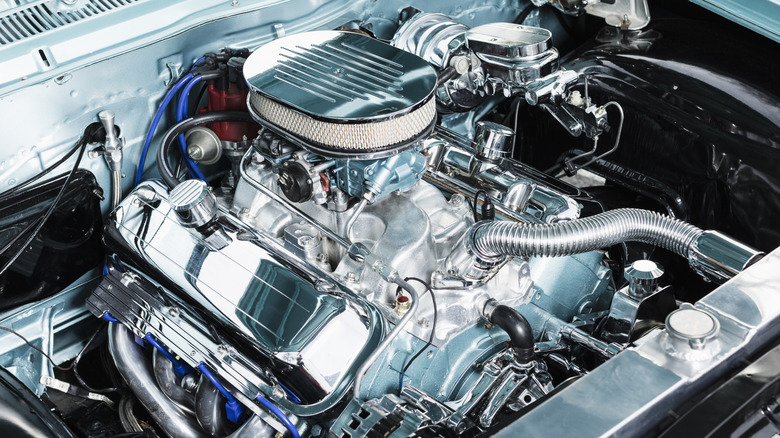The Rise and Fall of the American Muscle Car Era
In the 1960s and early 1970s, muscle cars powered by big block engines dominated the American roadways. These vehicles were the epitome of power and performance, with Detroit at the center of it all. V8 engines were everywhere, from the Chevrolet 454 to the Ford 429 Cobra Jet and the Chrysler 426 Hemi. These machines delivered impressive horsepower and torque, making them a favorite among car enthusiasts.
For many gearheads, this was an exciting time. The thrill of driving a vehicle that could shake the pavement and rattle windows was unmatched. However, the landscape changed dramatically in 1970 when Congress amended the Clean Air Act through the Environmental Protection Agency (EPA). This move aimed to reduce emissions and combat the smog problem that plagued many U.S. cities. While necessary for environmental reasons, it posed a significant challenge for automakers who had been producing powerful V8 engines.
Automakers had to make substantial changes to their designs, including reducing engine displacement, modifying exhaust systems, adjusting compression ratios, and updating carburetors. These modifications were essential to cut down on pollutants by as much as 90%. As a result, the once-revered big block engines began to be seen as liabilities rather than assets.
Insurance Costs and the Decline of Big Block Engines
Insurance companies also played a role in the decline of big block engines. As the muscle car trend gained momentum in the 1960s and 1970s, insurance rates started to rise. Insurers noted an increase in accidents involving these high-performance vehicles, leading them to impose higher premiums on any cars equipped with V8 engines or sporty badges.
For example, insuring a 1970 Chevelle SS cost around $300 per year, which was three times the cost of insuring a Corolla. Some states, like New York, even added “supercharger surcharges” for high-performance models. These high costs made it difficult for younger drivers, who were instrumental in the muscle car craze, to afford these vehicles. By 1975, sales of V8-equipped cars had dropped by 55%.
The 1973 Oil Crisis and Changing Consumer Preferences
The 1973 Oil Crisis marked another turning point for the automotive industry. During the Yom Kippur War, the Organization of the Petroleum Exporting Countries (OPEC) restricted oil exports to countries supporting Israel, including the United States. This led to a severe shortage of oil and a sharp increase in gas prices. A gallon of gas that cost $0.36 in 1972 jumped to $0.53 by 1975, making high-performance muscle cars with V8 engines increasingly unattractive.
At the same time, there was a growing emphasis on safety, fuel efficiency, and lower emissions. Automakers began downsizing their engines, replacing gas-guzzling V8s with more efficient small-block engines. They also focused on improving aerodynamics for compact models. The 1974 Chevrolet Camaro exemplified this shift, featuring lighter accessories such as aluminum bumpers and switching from a 396-cubic-inch V8 to a 350-cubic-inch engine with significantly less power.
By 1980, imported brands had captured nearly 27% of the U.S. market, up from just 15% in 1973. This marked a permanent shift in American consumer preferences toward more efficient and practical vehicles.
The Legacy of the Muscle Car Era
Although the era of big block engines has passed, its impact on the automotive world remains significant. The innovations and changes that followed have shaped the modern car industry, emphasizing efficiency, safety, and environmental responsibility. While the roar of a V8 may not be as common today, the spirit of performance and power continues to inspire new generations of car enthusiasts.







